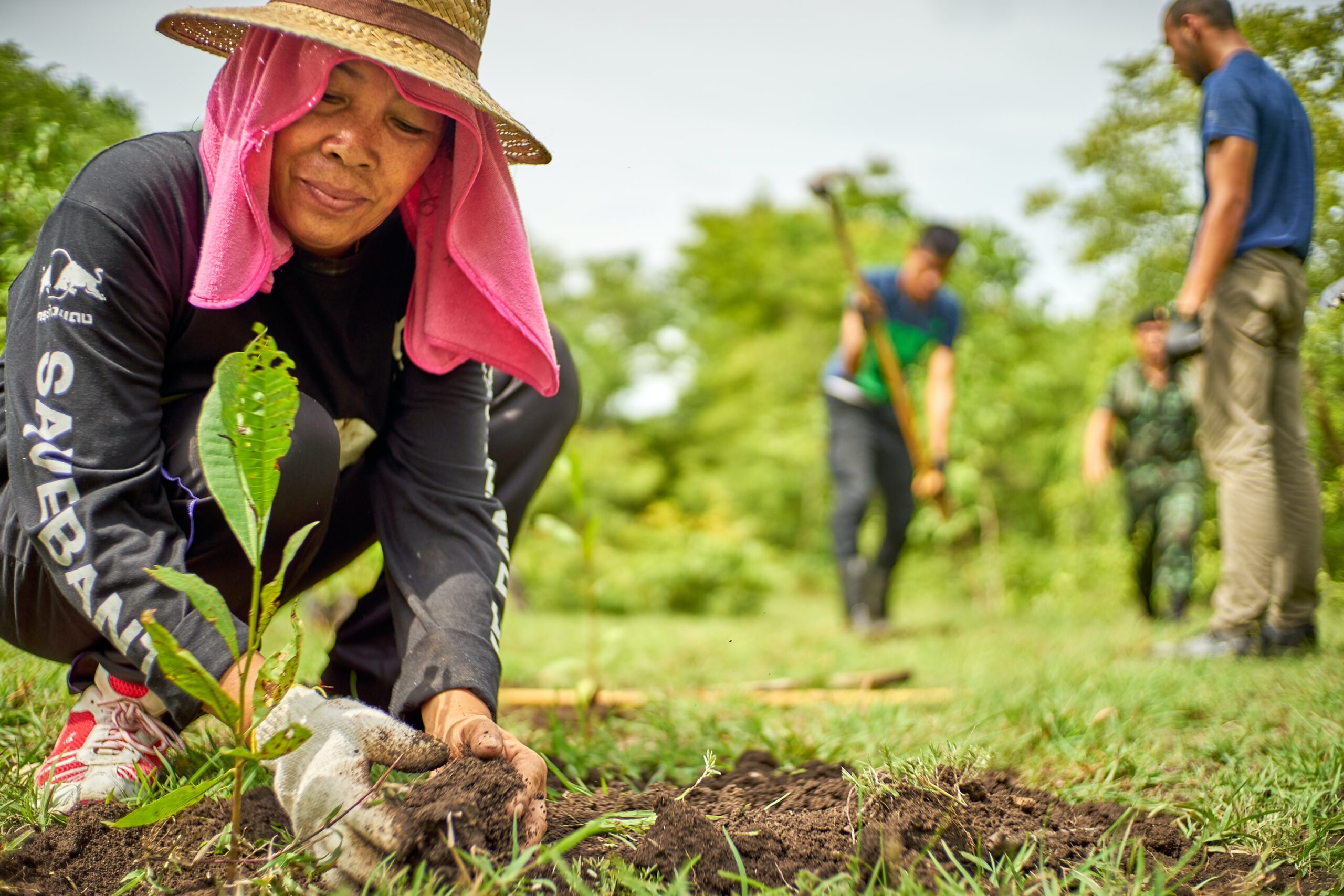Indonesia has the second-largest biodiversity of any country in the world. Deforestation and forest degradation have caused a range of environmental issues, including habitat degradation and loss of biodiversity, deterioration of water quality and quantity, air pollution, and increased greenhouse gas emissions that contribute to climate change. Forest restoration at the landscape level has been conducted to balance ecological integrity and human well-being. Forest restoration efforts are also aimed at reducing CO2 emissions and are closely related to Indonesia’s Nationally Determined Contribution (NDC) from the forestry sector. The purpose of this paper is to examine the regulatory, institutional, and policy aspects of forest restoration in Indonesia, as well as the implementation of forest restoration activities in the country. The article was written using a synoptic review approach to Forest Landscape Restoration (FLR)-related articles and national experiences. Failures, success stories, and criteria and indicators for forest restoration success are all discussed. We also discuss the latest silvicultural techniques for the success of the forest restoration program. Restoration governance in Indonesia has focused on the wetland ecosystem such as peatlands and mangroves, but due to the severely degraded condition of many forests, the government has by necessity opted for active restoration involving the planting and establishment of livelihood options. The government has adapted its restoration approach from the early focus on ecological restoration to more forest landscape restoration, which recognizes that involving the local community in restoration activities is critical for the success of forest restoration





































































































































































































































































































































































































































































































































































































































































































































































































































































































































































































































